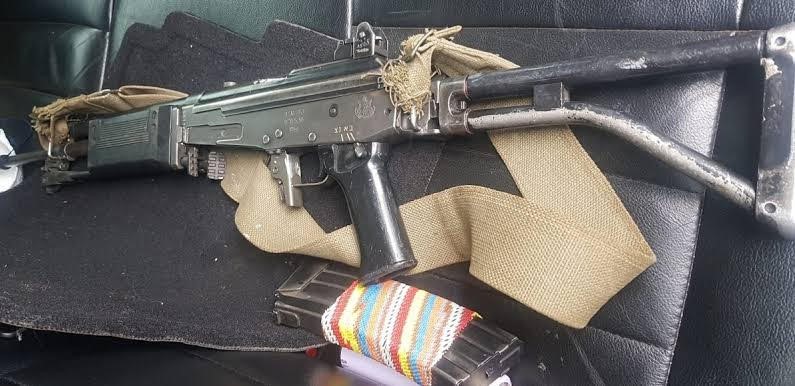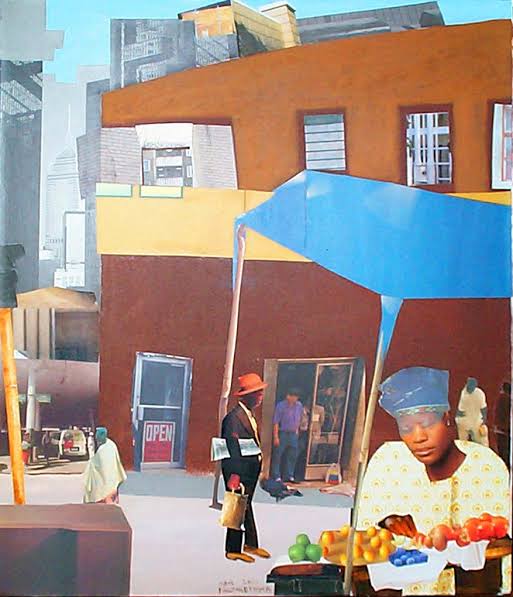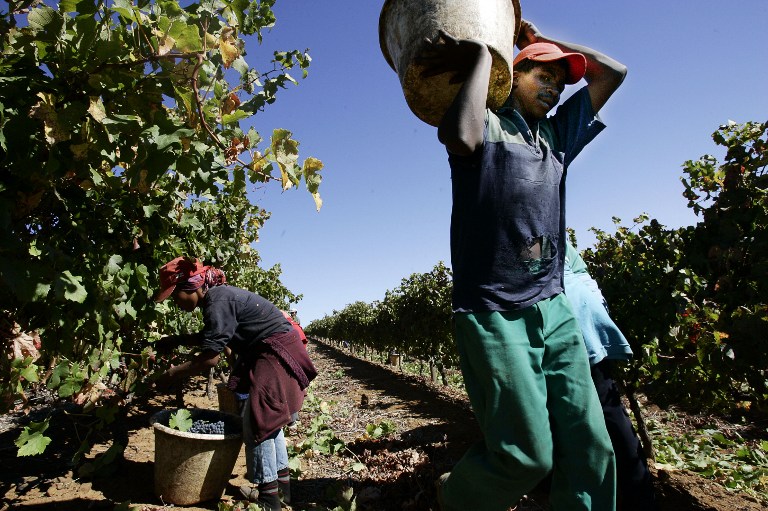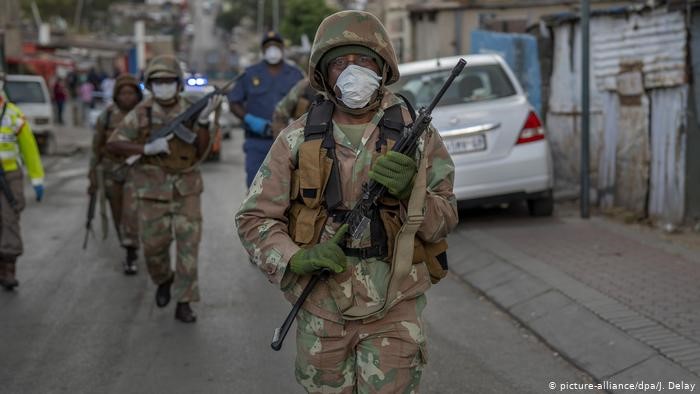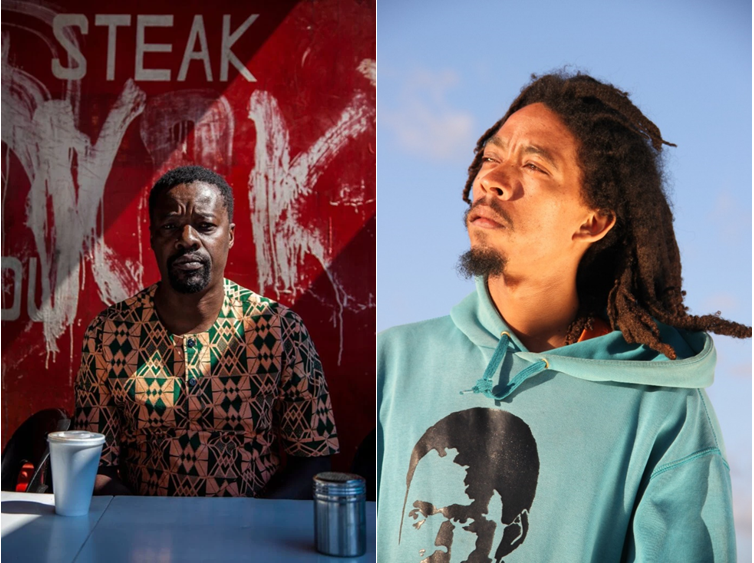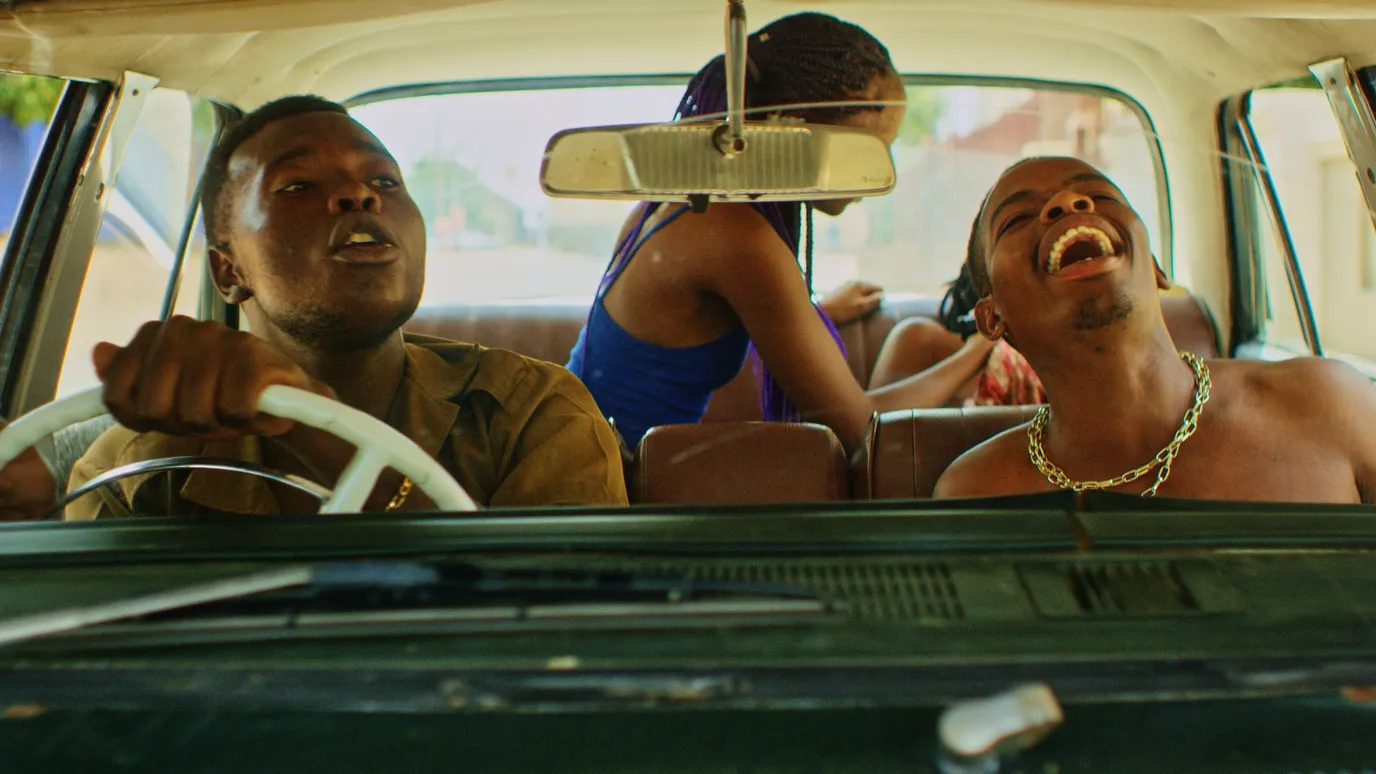To what extreme do we consider the bounds of artistic expression? Secondary to this question, what makes art and what are the aesthetical values that determine what art is and what it is not.
On Wednesday, 17 March 2021, an artistic protest was held to commemorate the inhumane death of Mthokizisi Ntumba at the hands of the trigger-happy South African Police Service (SAPS).
In an attempt to redirect the truth, the SAPS are deliberately engaged in creating propaganda that suggests that students are armed, in order to justify their unsolicited violence towards Black bodies and garner public support against the students.

It is shocking how Black bodies are just available towards violence of any kind historically hitherto. From Mbuya Nehanda to Andries Tatane, the decapitated head of King Hintsa to the 12 500 demands of Mambush to Collins Khosa and Mthokizisi Ntumba, shade, class or tribe is no determining factor as long as you wear the black gown you are available to state violence.
It is violence that is paraded every day at Pick n Pay during lunchtime as police walk in with fully loaded R4 and R5 assault rifles. A type of violence where students are at the receiving end of the barrel of the gun. The type of violence that killed 34 mineworkers and left 78 seriously injured in Marikana. Need I not remind you of the young Nathaniel Julies.
It is thus interesting that an artistic submission that involves a carefully and safely prepared gun would rattle the feathers of monsters that we fear daily, who are meant to protect us. In his revolutionary and artistic expression, Ayanda Mabulu prepared an artistic rendition that speaks to the state violence mitigated against Black bodies and in keeping up with the theme of the day of artists in revolution, he made the comfortable uncomfortable and the uncomfortable comfortable in daring to challenge how we think of violence.

